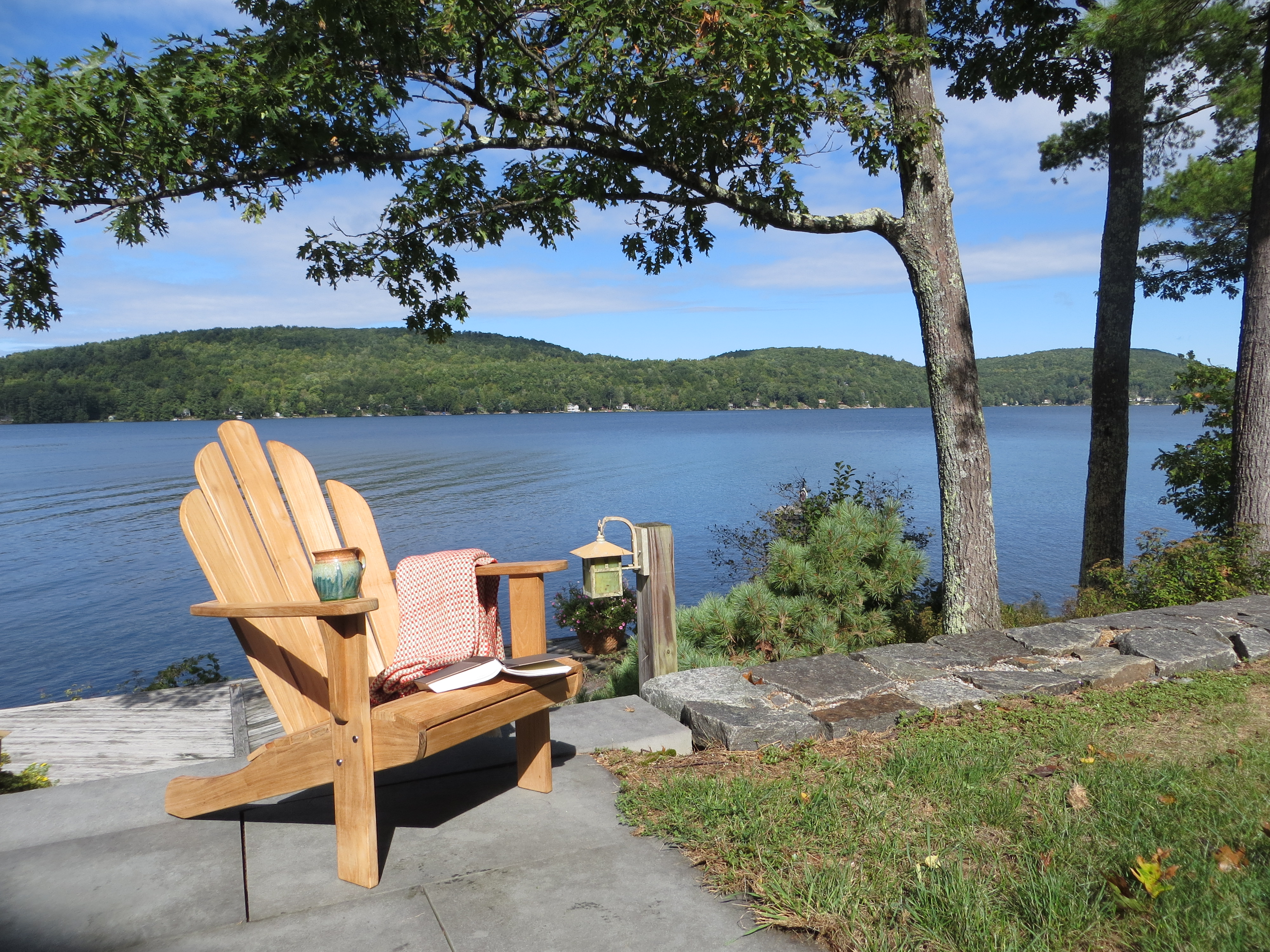
CO9 Design embodies the notion that if you work hard and play hard, you should also relax with the same enthusiasm. This chic and functional furniture combines classic styles and cutting edge design to create practical pieces perfect for your indoor and outdoor spaces which create an environment where you always feel right at home.
